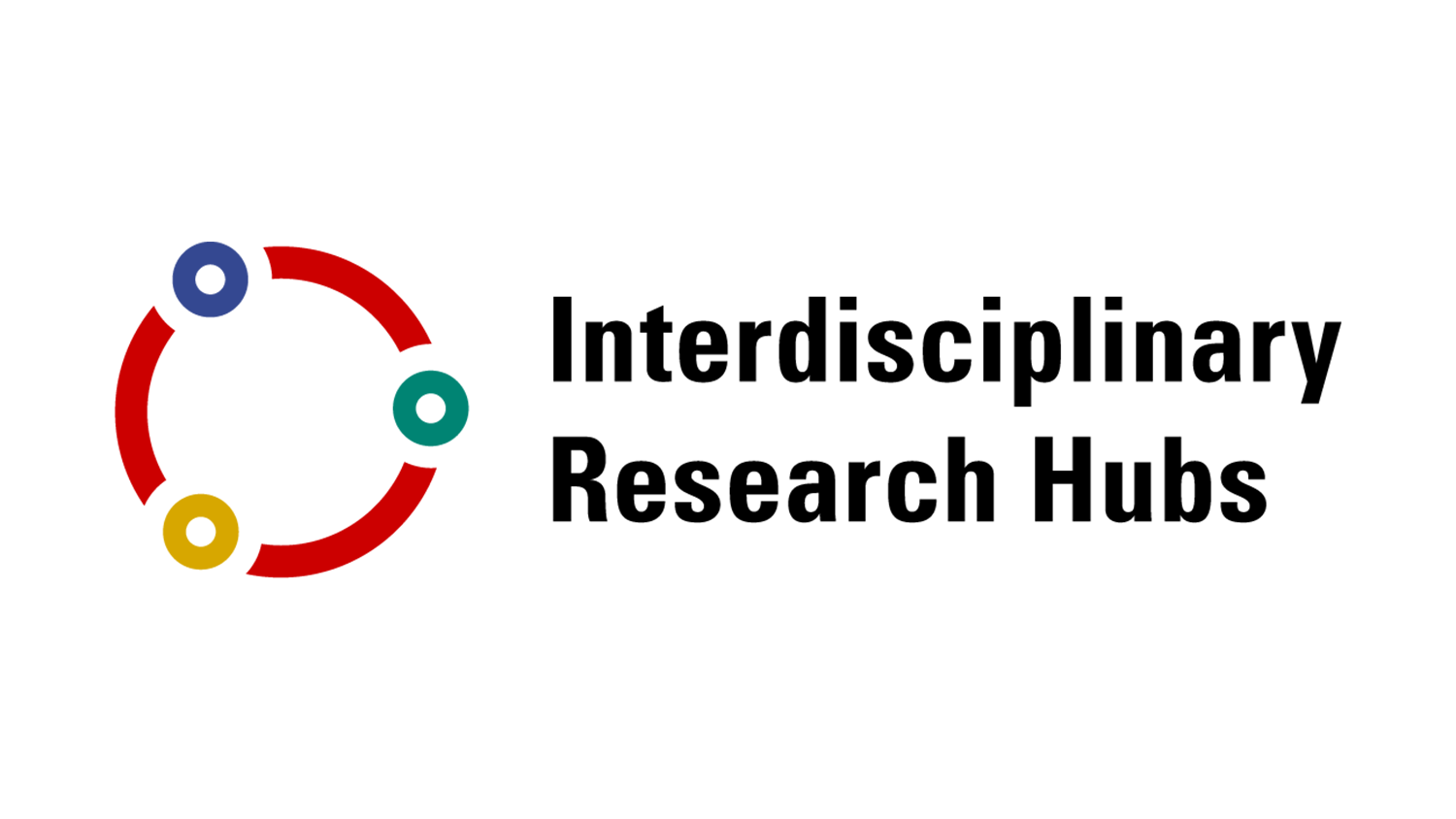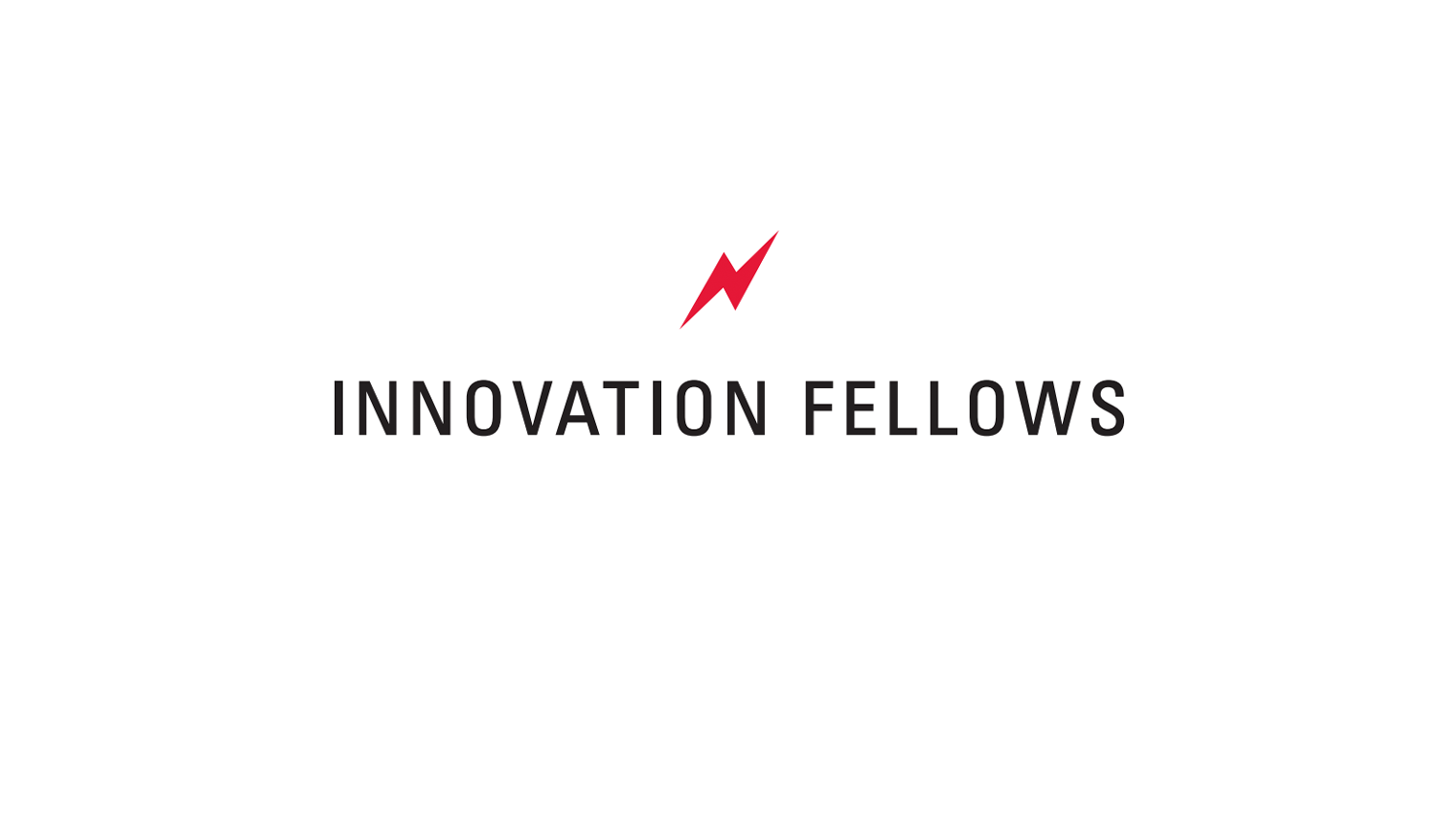Lecturer Erik Schettig, Professor Aaron Clark and Assistant Teaching Professor Kevin Sutton Draw on Lessons Learned During Transition to Remote Learning to Better Support Students

A group of researchers in NC State’s College of Education are hoping that lessons learned during the transition to online learning during the COVID-19 pandemic can help reshape future learning environments to increase accessibility and flexibility for students.
“Pandemic-Induced Impacts: Experience in an Introductory Engineering Graphics Course,” which was co-authored by Lecturer Erik Schettig, Professor and Department of STEM Education Head Aaron Clark and Assistant Teaching Professor Kevin Sutton, reports on the experiences that resulted from the restructure of an introductory engineering graphics course during the Spring 2020 semester as a result of the onset of the pandemic.
“This course was already shifting towards hybrid models to increase the quality and consistency of content delivery across a multi-section course that serves a large population of students who deserve high-quality instruction,” Sutton said. “The pandemic only emphasized the importance of shifting towards hybrid learning to meet the changing needs of students.”
Prior to the pandemic, the course, which is required for all NC State engineering students as well as students in the College of Education’s technology, engineering and design education program, used a hybrid model that consisted of online lessons and active learning modules where students attended lectures in-person and completed assignments online.
This existing hybrid model, which already utilized video content and a detailed learning management system, gave educators an advantage at the onset of the pandemic, as they could devote time that would otherwise have been spent creating online lessons to better supporting students through the transition.
“Having an existing hybrid model provided not only a valuable resource for students to use outside of the classroom before COVID-19, but a foundation upon which further resources could be built as COVID-19 became increasingly turbulent,” Schettig said. “The team was able to bypass the step of recording demonstrations, converting resources to accessible formats and posting them into a learning management system. This enabled focus to be more on supporting students’ needs and answering specific questions through resources such as Zoom.”
The article — published in a special edition of the Journal of Technology Studies — shares that flexibility in faculty communication, assignment criteria and deadlines, as well as the ability to work on course modules at their own pace, impacted their positive perceptions of the transition experience.
“We were able to set the baseline for everyone and then provide additional resources for those that would like or need additional support or content,” Sutton said. “Also, working to automate grading in appropriate settings provided real time feedback to support student learning.”
In addition, students said that the ability to use scheduled lecture hours to address specific questions, clear up misconceptions or resolve technical issues was helpful, as was the ability to slow down and rewatch video lectures.
“At first, both the students and instructor had to learn to adjust to the new method of total online delivery. But what surprised many is that students prefer the hybrid, not full face-to-face, as a way of having flexibility in learning, resources at their disposal and the ability to adjust when needed,” Clark said. “As we start to define a new norm in society and education, instruction must learn from this event as well and change for the better.”
For Clark, changing for the better means that educators going forward will need to be flexible, use the technology and provide multiple ways and methods of instruction to meet student needs. Although this case study focused on an engineering course, he noted that any course that has a large laboratory component could be taught in either hybrid or fully online formats if educators are willing to harness the technology.
“One surprise for me was how widely applicable these course changes can be to several other program areas in providing flexibility for individuals to readily access resources, engage with instructors or other students and adjust to the constant changes impacting learning environments,” Schettig said. “Work and learning environments have been significantly impacted by COVID-19 and, as such change occurs, it is important for technology, engineering and design educators to understand the need for flexibility to access resources through multiple modalities and the need to do so in a timely manner.”
- Categories:


